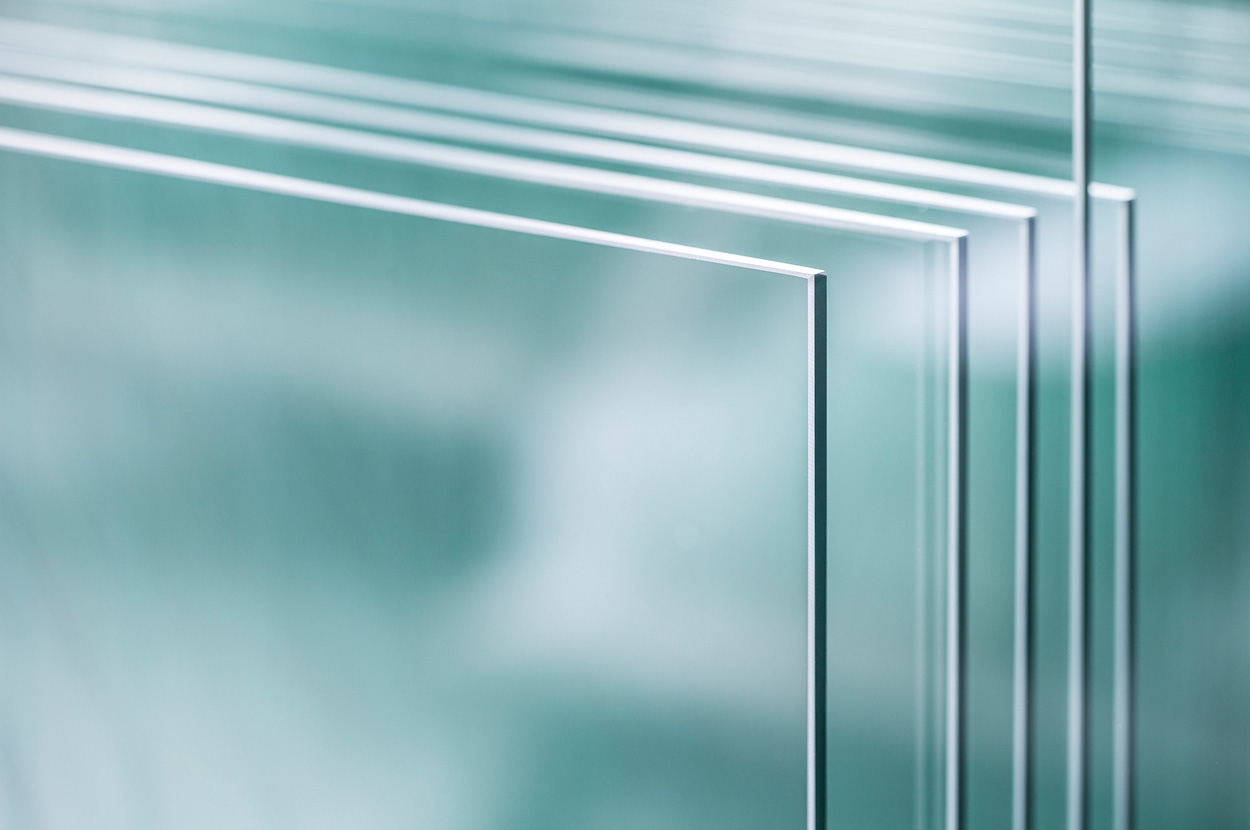

The Beauty of Coloured Patterned Glass
Coloured patterned glass is a mesmerizing medium that has captured the hearts of artists, architects, and enthusiasts alike. Its vibrant hues and intricate designs transform ordinary spaces into realms of beauty and imagination. Whether used in windows, decorative items, or architectural features, patterned glass serves to amplify both aesthetic appeal and functionality.
Historically, glassmaking dates back thousands of years, with evidence of early glass objects emerging in ancient Mesopotamia and Egypt. Over time, artisans developed advanced techniques to color and pattern glass, resulting in stunning creations that tell stories and evoke emotions. The use of coloured glass became particularly prominent during the Gothic period, where stained glass windows adorned cathedrals, presenting biblical narratives in a spectacular display of light and color.
Today, the art of creating coloured patterned glass has evolved, with contemporary artists exploring innovative designs and methods. Through techniques such as fusing, slumping, and lamination, creators can manipulate glass to reveal complex patterns and textures. These modern processes allow for a broad spectrum of artistic expression, wherein artisans combine traditional craftsmanship with new technology to push the boundaries of glass art.
One of the most captivating aspects of coloured patterned glass is its ability to interact with light
. When sunlight filters through, it casts a kaleidoscope of colors onto surrounding surfaces, transforming spaces into vibrant environments. This play of light not only enhances the beauty of the glass itself but also creates a dynamic atmosphere that can evoke a range of feelings—from tranquility to exhilaration. Artists often design pieces meant to engage with light, strategically placing colors and shapes to maximize the luminous effect.
In architecture, coloured patterned glass has gained popularity as a material that adds both character and functionality to buildings. From shopping malls to private residences, architects incorporate this medium to achieve aesthetic goals while benefiting from the qualities of glass—such as translucency and strength. For instance, using patterned glass can provide privacy without sacrificing natural light, making it a versatile choice for spaces like bathrooms or office partitions.
The versatility of coloured patterned glass extends into various decorative items as well. Handmade glass vessels, tiles, and wall art showcase unique designs that reflect the personal tastes of both the artist and the beholder. Each piece tells a story, imbued with the individual touch of its creator, making it a cherished addition to any collection.
Moreover, the sustainability of glass as a material is an increasingly important consideration. Coloured patterned glass can be produced from recycled materials, contributing to eco-friendly practices in art and architecture. This aligns with a growing trend toward sustainable design, where artists and architects consider environmental impact while creating beauty.
In conclusion, coloured patterned glass is not merely a material but a source of inspiration that marries artistry and utility. Its rich history, dynamic interaction with light, architectural applications, and potential for sustainable production make it a significant and relevant medium in the contemporary art world. As we continue to explore the possibilities of glass, we can anticipate an exciting future filled with innovation and creativity that honors traditional craft while embracing modern advancements. Through the lens of coloured patterned glass, we can appreciate the delicate balance between nature, art, and human expression.